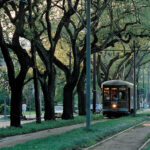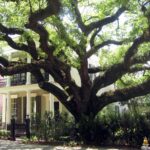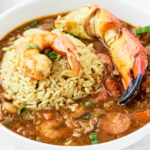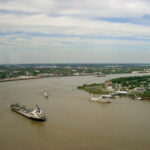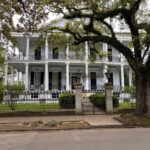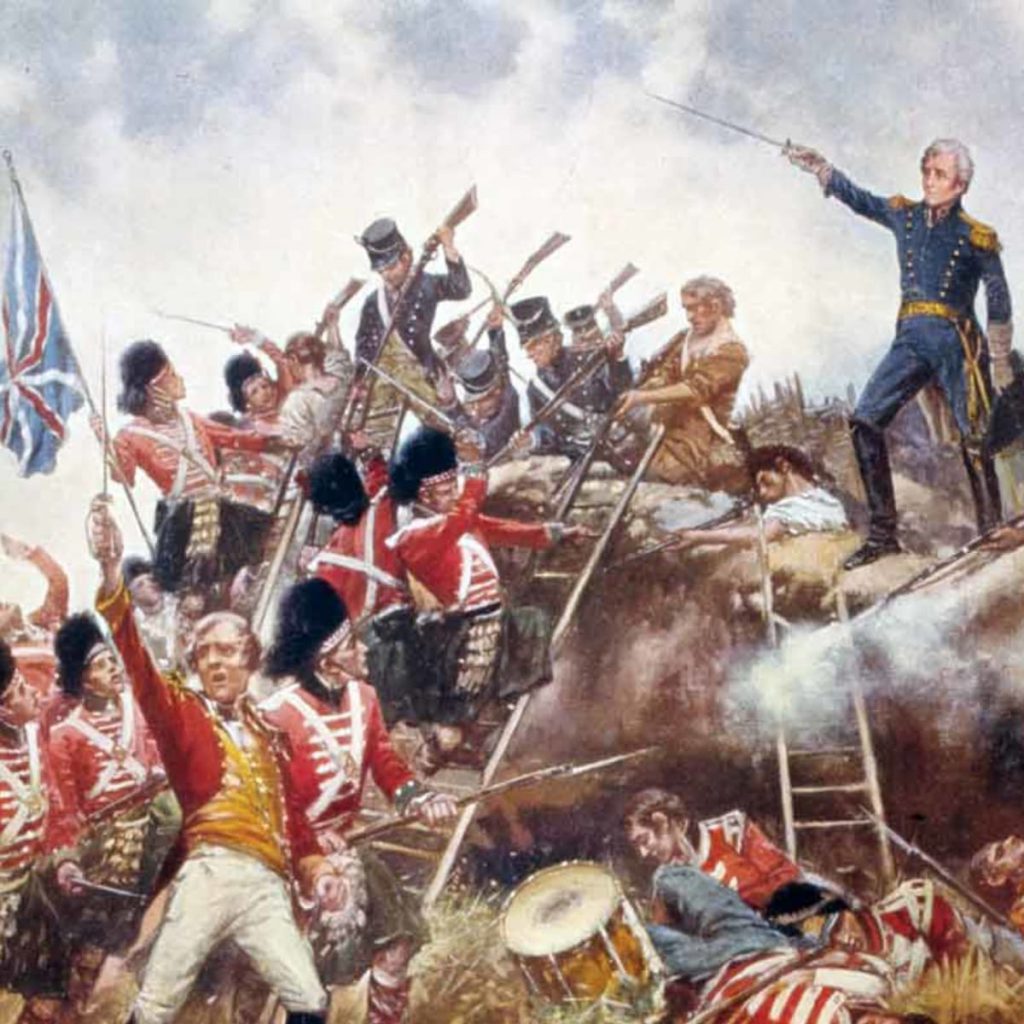
Battle of New Orleans
Unique NOLA Tours geeks out over history, culture and all things New Orleans. The miracle of the Battle of New Orleans still intrigues us today. If you are interested in how it went down and how it still reverberates today, consider joining on our Local’s History stroll through the French Quarter.
Here’s the thing a lot of history teachers don’t bring up about the War of 1812, we were losing the war. Yes, America was upset about the British messing with our shipping and our sailors, but nobody wanted to fight. The war, which technically started in 1811, was going badly for us. We lost in Detroit. We tried to steal Canada: bad idea. The British burned down a big part of Washington DC, including the White House
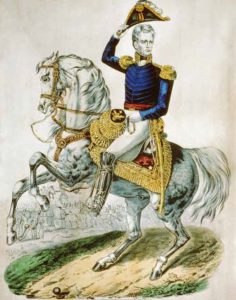
Andrew Jackson had gone to Madison looking for men to go to New Orleans. Madison couldn’t help him. So, being a self-starter, Jackson gathered his own men out of Tennessee and Kentucky, went down to New Orleans where he united the wary Frenchmen, men of color, Native Americans, he even cut some mysterious deal with the local pirates to get some men, and more importantly, some cannons. He came into town well prepared, and reassured the locals he wasn’t going to burn the city down.
So, after a series of skirmishes in the surrounding swamps, on January 8, 1815 the final face-off between the Brits and Yanks was set. On the East Bank of the Mississippi six miles downriver from the center of town, Jackson created a rampart behind a canal with cannons spaced evenly. To his right was the river, to the left, a thick swamp. His 2800 men, often correctly called ‘ragtag,’ were expecting 8000 seasoned British troops.
He stationed Native Americans in the swamp to force the Redcoats back to the open area toward the river. The riflemen crouched down four deep behind the rampart. It took forever to load a rifle back then, so the idea was the first guy would fire, round to the back while reloading; then the next guy, then the next creating a constant volley of bullets. The pirate cannons helped a lot.
For the English part, they didn’t execute their game plan very well. Being veterans of the Napoleonic Wars back in the widespread fields of central Europe, they were used to marching in grand ranks toward the enemy. This tactic proved to be fatal in the narrow riverside corridor.
At day’s end, the British lost anywhere from 900 to 3000 men, depending on which source you want to trust. The Americans lost 13.
Now there are many who point out that the war was actually over when the battle was fought, which is true. The Treaty of Ghent was signed two weeks before, but no one knew it yet. In all likelihood, by the time the news hit home, all of the Mississippi Valley would be in British control, and they’d be knocking on the door of St. Louis. The more we examine the Battle of New Orleans, the more miraculous it seems.
Mikko Macchione
Tour Guide with Unique NOLA Tours and Author of books about New Orleans.

